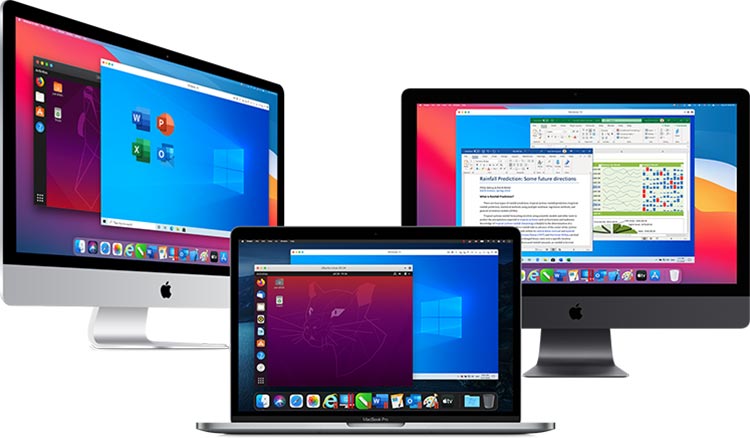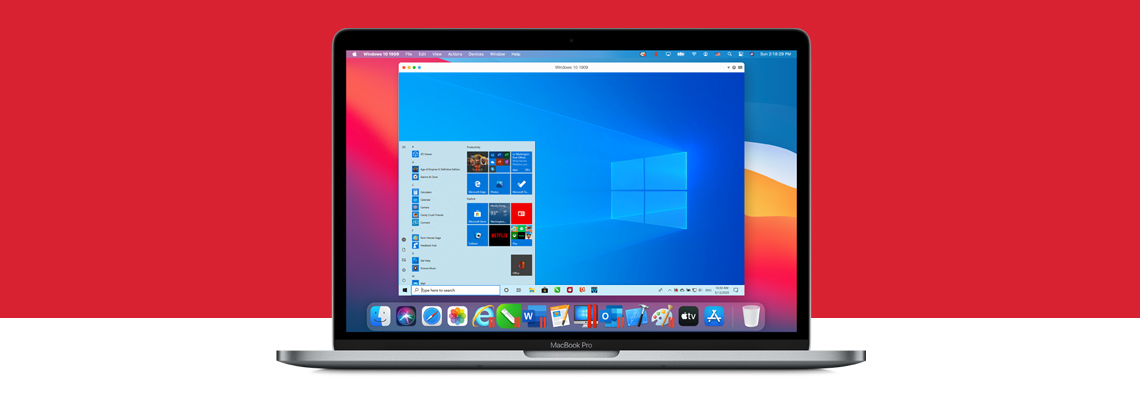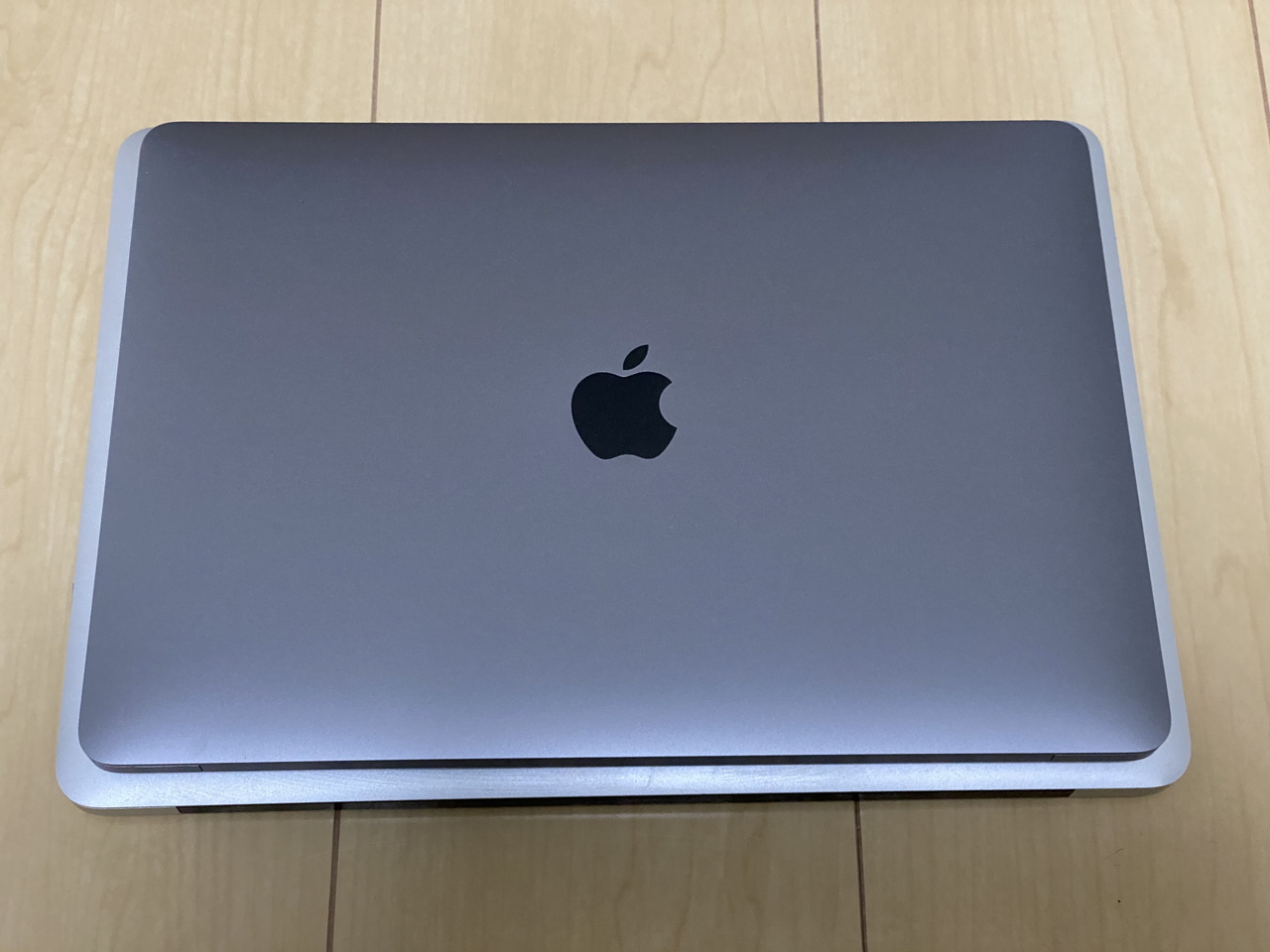Sleek, powerful, snappy—all describe the latest MacBook Air.
Parallels Desktop Macbook Air 2020
Apple’s “one more thing” event on November 10, 2020, revealed the first Mac computers powered by the Apple M1 chip. Parallels is excited to see the performance, power efficiency, and virtualization features that are brought to the Mac with the Apple M1 chip. I loved the 17-inch screen version of a few years ago, but ever since Apple discontinued it I’ve had to settle for a 15-inch display. Until 2020 that is, when they released the new 16-inch MacBook Pro (see video above). The advice below about installing Parallels and TradeStation should work equally for laptop or desktop Apple Mac users.

The Macbook Air has always been the darling of the powerful ultrabook category of laptops. While the debate about which ultrabook is best continues to rage on, the power and style of the newest MacBook Air are inarguable.
MacBook Air 2020 i7/16GB/1TB. So far the only time I have heard the fans really kick in is when running Parallels. Seems something on the Windows VM was causing this, because once I rebooted the VM, it stopped. Since then, no fan at all running Parallels. On 5-8 Zoom calls per day, and no fan ever. So, is it worth it? If you need to run Windows or Windows apps on your Mac, the answer is still yes, with caveats. Over 13 years and 15 editions, Parallels has grown increasingly slick and stable.
But there’s one thing missing from the MacBook Air that every other ultrabook features: a Windows operating system. Parallels Desktop for Mac unlocks the power of Windows on MacBook Air by giving owners the best of both worlds.
Let’s look at some stats on the current MacBook Air (these refer to the 13.3-inch version, Apple’s beefiest):
Can You Run Parallels On Macbook Air
Processor

- 1.6GHz dual‑core Intel Core i5 or 2.2GHz dual‑core Intel Core i7 processor
- Turbo Boost up to 3.2GHz
Memory
- 4 GB of 1600 MHz LPDDR3 onboard
- Configurable up to 8 GB
Storage
- 256 GB PCIe-based flash storage
- Configurable to 512 GB flash storage
Battery
Built-in 54-watt-hour lithium-polymer battery means:
- Up to 12 hours wireless web
- Up to 12 hours of movies via iTunes
- Up to 30 days of standby time
Size and Weight
- 13.3-inch (diagonal) LED-backlit widescreen display
- 0.11 to 0.68 inch thin
- 2.96 pounds

And there’s so much more. Consumers rarely see this combination of horsepower in such a sleek profile.
How does Windows run on MacBook Air using Parallels Desktop for Mac?
Like a breeze!
The power inside the latest rev of MacBook Air is more than enough to handle the Parallels Desktop system requirements. Running Windows in a Mac OS using Parallels Desktop is seamless on any Mac, but the MacBook Air handles it like a true champ.
The advantage of running Windows on MacBook Air is enhanced by the latest Parallels Desktop features. Battery life is up to 30% longer, using 10% less Mac memory—all without having to reboot when you switch from one OS to the other.
Parallels Desktop for Mac and the new generation of MacBook Air are a perfect match.
Not ready to take the plunge quite yet? Try Parallels Desktop for free for 14 days, and experience the #1 choice of Mac users for more than eight years.
Apple’s “one more thing” event on November 10, 2020, revealed the first Mac computers powered by the Apple M1 chip.
Parallels is excited to see the performance, power efficiency, and virtualization features that are brought to the Mac with the Apple M1 chip. The transition to Mac with the M1 chip should be smooth for most Mac applications, thanks to Rosetta technology. Fortunately, Parallels Access™, Parallels® Toolbox, and Parallels® Client software worked smoothly as universal binaries even before Parallels rebuilt them. However, virtual machines are an exception and Parallels engineers proactively implemented native virtualization support for Mac computers with the M1 chip. This enables our users to enjoy the best Windows-on-Mac experience ever.
Learn more about the new version in this blog post.
When Apple Silicon Mac was first announced during the keynote at WWDC on June 22 of this year, Apple demoed a Parallels Desktop for Mac prototype running a Linux virtual machine flawlessly on Apple Silicon. Since WWDC, the new version of Parallels Desktop, which runs on Mac with the Apple M1 chip, has made tremendous progress. We switched Parallels Desktop to universal binary and optimized its virtualization code; Apple M1 Mac computers and macOS Big Sur became available, and Microsoft announced and then introduced support for x86_64 applications in Windows on ARM Insider Preview.
As our customers know, Parallels cares deeply about the quality of our software products and the experience they provide. With macOS Big Sur and the new Mac with Apple M1 chip available, we continue to conduct more extensive evaluations, both in our lab and with your help via the Parallels Technical Preview Program. More than 100,000 M1 Mac users tested the Technical Preview of Parallels Desktop 16 for M1 Mac and ran Microsoft’s Windows 10 on ARM Insider Preview, as well as tens of thousands of different Intel-based Windows applications—including Microsoft Office for Windows, Microsoft Visual Studio, SQL Server, Microsoft PowerBI, and MetaTrader.
We received enthusiastic feedback about the remarkable performance of both the Technical Preview of Parallels Desktop 16 for M1 Mac and Windows 10 on ARM Insider Preview as well as x86 applications and the games inside it, including Rocket League, Among Us, Roblox, The Elder Scrolls V: Skyrim, Sam & Max Save the World, and many others. Testers loved Parallels Desktop’s easy to use features, and seamless integration of Windows and its applications with macOS Big Sur, which increased their productivity.
On April 14th 2021, the new update for Parallels Desktop 16 for Mac was released and now features support for both Mac computers with Intel processor as well as Mac computers with Apple M1 chip.
